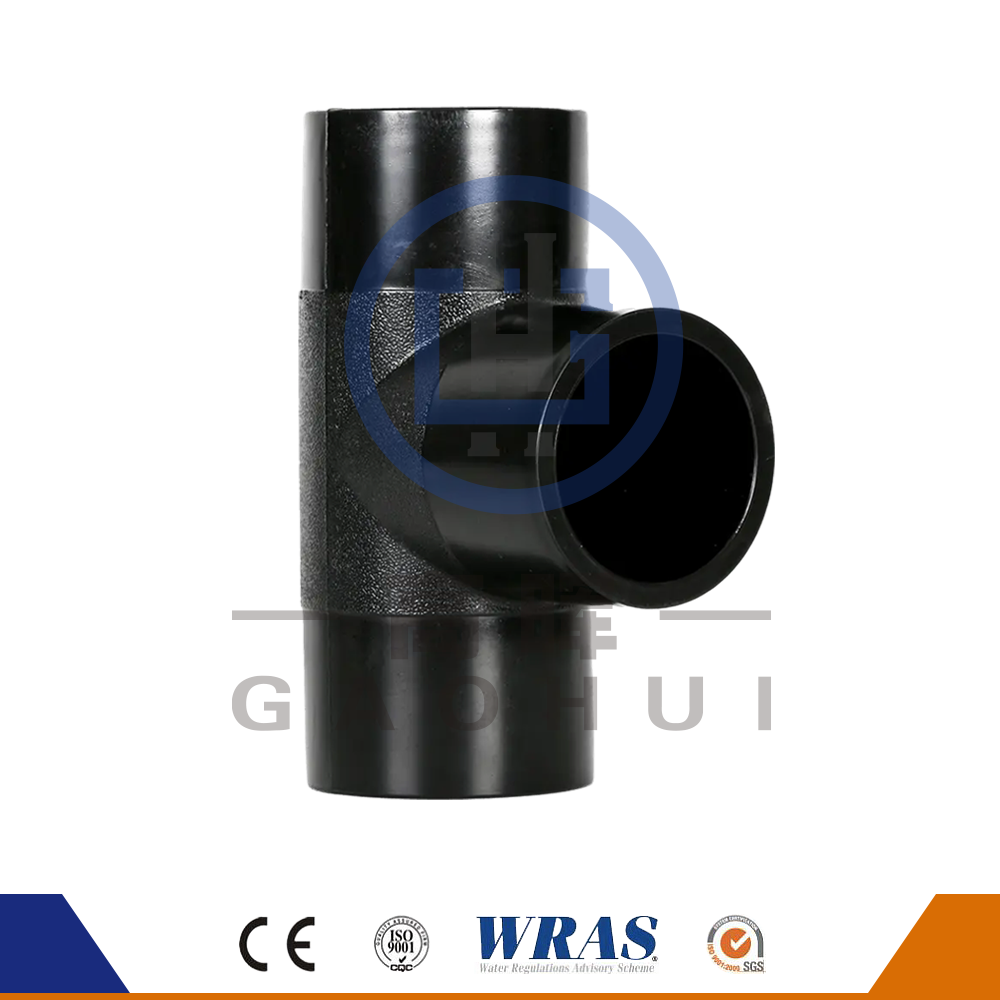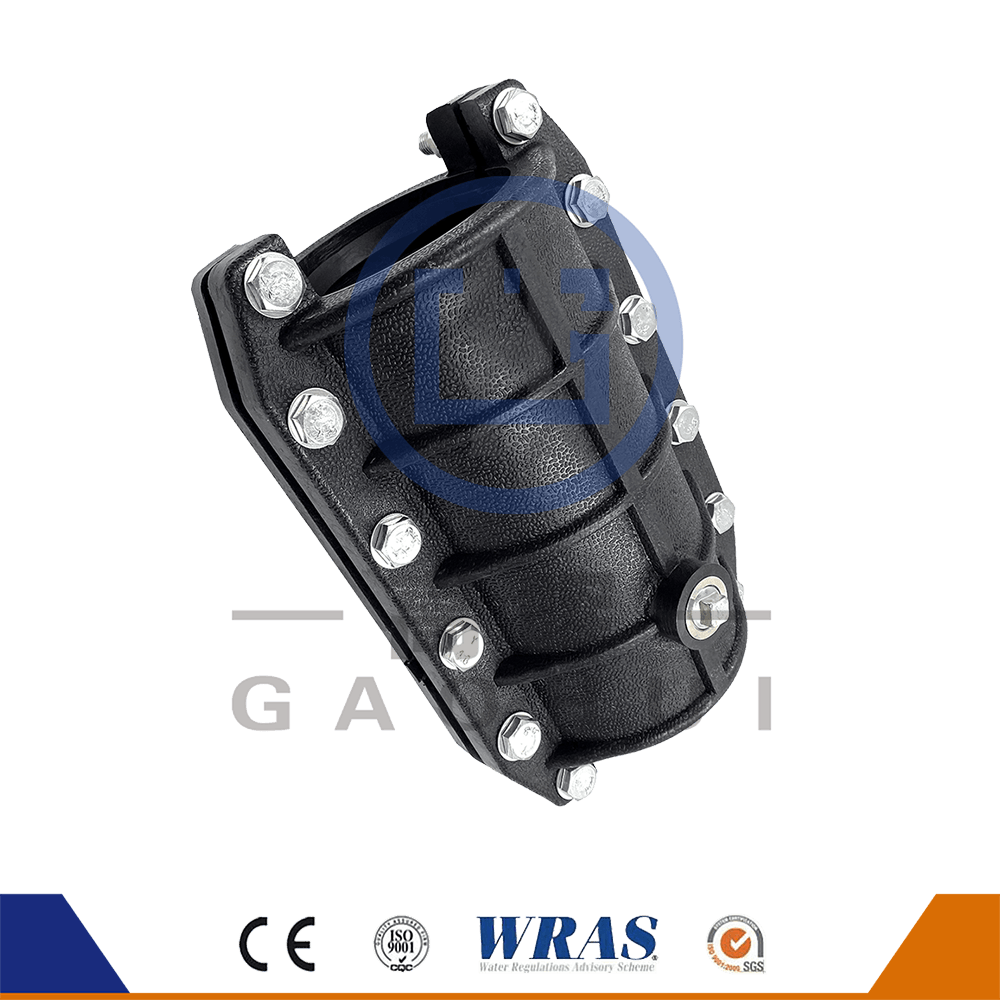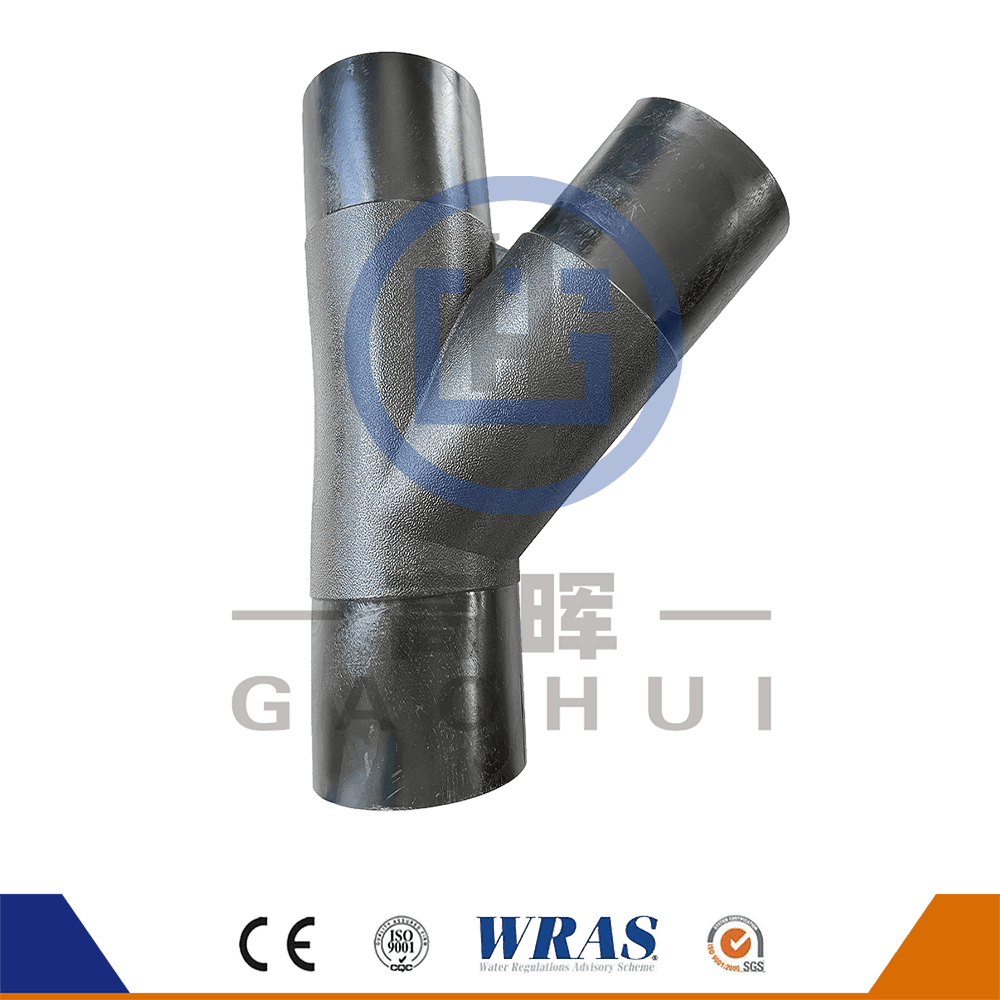Content
High-Density Polyethylene (HDPE) pipes are becoming increasingly popular in construction, offering a wide range of benefits that make them an attractive alternative to traditional materials like PVC, steel, and concrete. From water and gas distribution systems to drainage and sewage lines, HDPE pipes are proving to be an essential component in modern infrastructure development. Their durability, flexibility, resistance to corrosion, and ease of installation are just a few of the reasons why they are rapidly gaining popularity across various construction sectors.
What Are HDPE Pipes?
HDPE pipes are made from high-density polyethylene, a thermoplastic polymer known for its excellent strength-to-density ratio. HDPE is a versatile and durable material that can withstand both harsh environmental conditions and heavy usage, making it ideal for a wide variety of applications in the construction and infrastructure sectors. HDPE pipes are manufactured through a process that involves melting polyethylene pellets and extruding them into pipe form, creating pipes that are flexible, lightweight, and resistant to many types of damage.
One of the standout features of HDPE pipes is their resistance to corrosion. Unlike metal pipes, HDPE does not rust or corrode when exposed to water or chemicals, which makes it a particularly good choice for systems that transport potable water, wastewater, and chemicals. Additionally, HDPE pipes are highly resistant to ultraviolet (UV) radiation, which contributes to their longevity when used in outdoor or underground applications.
Durability and Longevity
One of the most compelling reasons why HDPE pipes are gaining popularity in construction is their impressive durability. HDPE is highly resistant to physical damage, corrosion, and chemical exposure, which makes it a long-lasting material for many infrastructure applications.
Corrosion Resistance: Unlike traditional metal pipes, which can corrode over time due to exposure to water, chemicals, or oxygen, HDPE pipes remain unaffected by these elements. This feature is especially crucial in water distribution and sewage systems, where prolonged exposure to moisture and chemicals can degrade other materials.
Impact Resistance: HDPE pipes are resistant to impact and can withstand physical stresses, including those caused by shifting soil or accidental impacts during installation. Their ability to absorb shock means they are less likely to crack or break, even under extreme pressure.
Resistance to Chemical Damage: HDPE pipes are ideal for industries that require the transportation of chemicals, as they are resistant to a wide range of chemicals, including acids, alkalis, and solvents. This resistance makes HDPE pipes a top choice for chemical and industrial applications.
Long Service Life: HDPE pipes are designed for a long service life, often exceeding 50 years with minimal maintenance. Their resistance to wear and tear, along with their ability to maintain structural integrity over time, ensures that HDPE pipes remain functional and cost-effective for many years.
Cost-Effectiveness
While HDPE pipes may have a higher initial cost compared to traditional materials like PVC or concrete, they offer significant cost savings in the long run. These savings come from a variety of factors:
Low Maintenance Costs: HDPE pipes require minimal maintenance over their lifespan. Due to their resistance to corrosion, cracking, and chemical degradation, they do not need to be replaced or repaired as often as other materials. This reduces long-term maintenance costs and makes them a more cost-effective solution for projects with long-term infrastructure needs.
Lower Installation Costs: HDPE pipes are lightweight and flexible, which makes them easier to handle and install compared to rigid materials like steel and concrete. The reduced need for heavy equipment and specialized labor results in lower installation costs, particularly in complex or hard-to-reach areas.
Reduced Repair Costs: In the event that damage occurs, repairing HDPE pipes is relatively simple and inexpensive. The pipes can be joined through a heat fusion process, which creates a seamless, leak-proof joint. This eliminates the need for costly and time-consuming repairs that are often required with other types of pipes.
Energy Savings: HDPE pipes also contribute to energy savings in certain applications. For instance, because they are smooth on the inside, they reduce friction, which allows water or gases to flow more easily. This can result in lower energy consumption for pumps and other equipment in water and gas distribution systems.
Flexibility and Versatility
HDPE pipes are incredibly flexible, which is one of the key reasons they are gaining popularity in construction. This flexibility allows them to be used in a wide range of applications, from large-scale infrastructure projects to smaller residential developments.
Bendability: HDPE pipes can be bent and shaped to fit various configurations, making them ideal for areas where space is limited or where pipes need to be routed around obstacles. This feature simplifies installation in both urban and rural environments, where pipe layouts may need to adapt to changing terrain or building structures.
Ease of Installation: HDPE pipes are lightweight, which makes them easier to handle and transport to job sites. Their flexibility also allows them to be installed without the need for extensive trenching or heavy machinery. In many cases, trenchless technology can be used to install HDPE pipes, minimizing disruption to the surrounding environment and reducing installation time and cost.
Wide Range of Applications: HDPE pipes are used in a variety of sectors, including water distribution, gas pipelines, drainage, sewage systems, and industrial applications. Their versatility makes them suitable for both underground and above-ground installations, as well as for use in both urban and rural settings.
Environmental Benefits
Sustainability is becoming an increasingly important factor in construction, and HDPE pipes offer several environmental benefits that make them an attractive choice for eco-conscious projects.
Recyclability: HDPE is 100% recyclable, making it an environmentally friendly material. At the end of their service life, HDPE pipes can be melted down and repurposed into new products, reducing waste and minimizing environmental impact. Many manufacturers already use recycled HDPE material in the production of new pipes, further promoting the sustainability of HDPE.
Reduction in Carbon Footprint: HDPE pipes are lightweight and require less energy to produce and transport compared to traditional materials like steel or concrete. Additionally, the longer lifespan of HDPE pipes means that they need to be replaced less frequently, reducing the overall environmental impact of the construction project.
Water Conservation: Because HDPE pipes have a smooth internal surface, they reduce friction in water and wastewater systems, which can lead to more efficient water flow and less energy consumption. This contributes to overall water conservation efforts, especially in regions where water scarcity is a concern.
Resistance to UV Radiation and Weathering
HDPE pipes are highly resistant to ultraviolet (UV) radiation, making them ideal for outdoor applications where exposure to the sun is inevitable. Unlike some materials that degrade over time due to UV exposure, HDPE pipes maintain their structural integrity even when exposed to harsh sunlight. This makes them well-suited for outdoor water distribution systems, irrigation systems, and other applications where they will be exposed to the elements.
Additionally, HDPE pipes are resistant to weathering, which means they can withstand temperature fluctuations, rain, and other environmental factors that can cause wear and tear on other types of pipes. This durability ensures that HDPE pipes continue to perform well over time, even in harsh conditions.
Applications of HDPE Pipes in Construction
HDPE pipes are used in a wide variety of construction projects, ranging from residential developments to large-scale infrastructure projects. Some common applications include:
Water Distribution: HDPE pipes are commonly used in municipal water distribution systems due to their durability and corrosion resistance. They are ideal for transporting potable water, as they do not leach harmful chemicals into the water supply.
Sewer and Wastewater Systems: HDPE pipes are used in sewage systems and wastewater treatment plants, where their resistance to corrosion and chemicals makes them the perfect solution for long-term, low-maintenance infrastructure.
Gas Distribution: HDPE pipes are increasingly being used for natural gas distribution due to their ability to withstand high pressure and their resistance to corrosion and chemical exposure.
Irrigation Systems: HDPE pipes are commonly used in agricultural applications for irrigation systems, as they are flexible, durable, and resistant to the chemicals commonly used in fertilizers and pesticides.
Drainage Systems: HDPE pipes are ideal for stormwater drainage systems, as they are resistant to water infiltration and can withstand the pressure of heavy water flow.


 English
English русский
русский عربى
عربى











